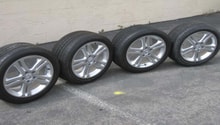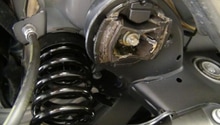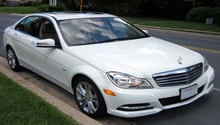Mercedes-Benz E-Class: Why Are My Tires Going Flat?
Your Mercedes-Benz E-Class is designed to alert you of any changes in the condition and quality of your tires. This article highlights some potential causes of tire damage and how to repair them.
This article applies to the Mercedes-Benz E-Class w211/w212 (2002-Present).
Flat tires often result from running over debris like nails or bits of glass on the road. The problem could also result from a poor tire repair job, common wear and tear, or a bent rim. Here are some simple ways to determine the underlying cause of your E-Class' flat tires and how to repair them.

Materials Needed
- Owner's manual
- Air compressor
- Soap and water
- Tire repair kit
Step 1 – Check the tire pressure
They might not be properly inflated.
When it comes to vehicle maintenance in general, forgetting to check the tire pressure is common. However, diagnosing air pressure is easy and should not be ignored. Always refer to your owner's manual for a complete tire maintenance schedule, which includes the recommended air pressure (in PSI) that the front and rear tires require for optimal performance, as well as the suggested tire rotation schedule. The recommended tire pressure can also be found on the back side of your fuel door. To check the tire pressure:
- Access your vehicle's TPMS. Press the left or right arrow button on your steering wheel console. Once you have reached the service menu, press the up or down arrow button until you reach the tire pressure menu. Then, click "OK" to display the tire pressures of all four wheels.
- Inflate or let out the air in each tire until the TPMS gauge indicates that the tire has the correct amount of pressure.
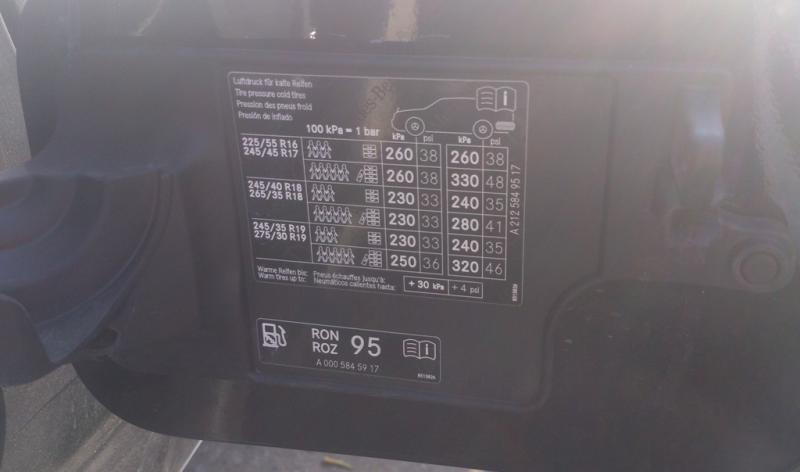
If your tires are properly inflated, move on to the following step.
(Related Article: How to Reset Tire Pressure Monitoring System (TPMS) - MBWorld.org)
Step 2 – Inspect the tires
They might be punctured.
Unfortunately, nails on the road are difficult to detect and can puncture your vehicle's tire without you even noticing. So if your tire is not holding air pressure, inspect for potential debris on the tire's sidewall. This problem can be fixed by plugging and sealing the punctured area. Tire repair kits are available online for $20 to $60; however, it is recommended having your mechanic complete this repair.
- Check for punctures or leaks by spraying the tread and sidewall of the tire(s) with a 20/80 soap and liquid mixture, respectively. If you spot any air bubbles, you've found a leak.
- Either seal the leak yourself, have the tire sealed at an auto shop, or replace the tire.
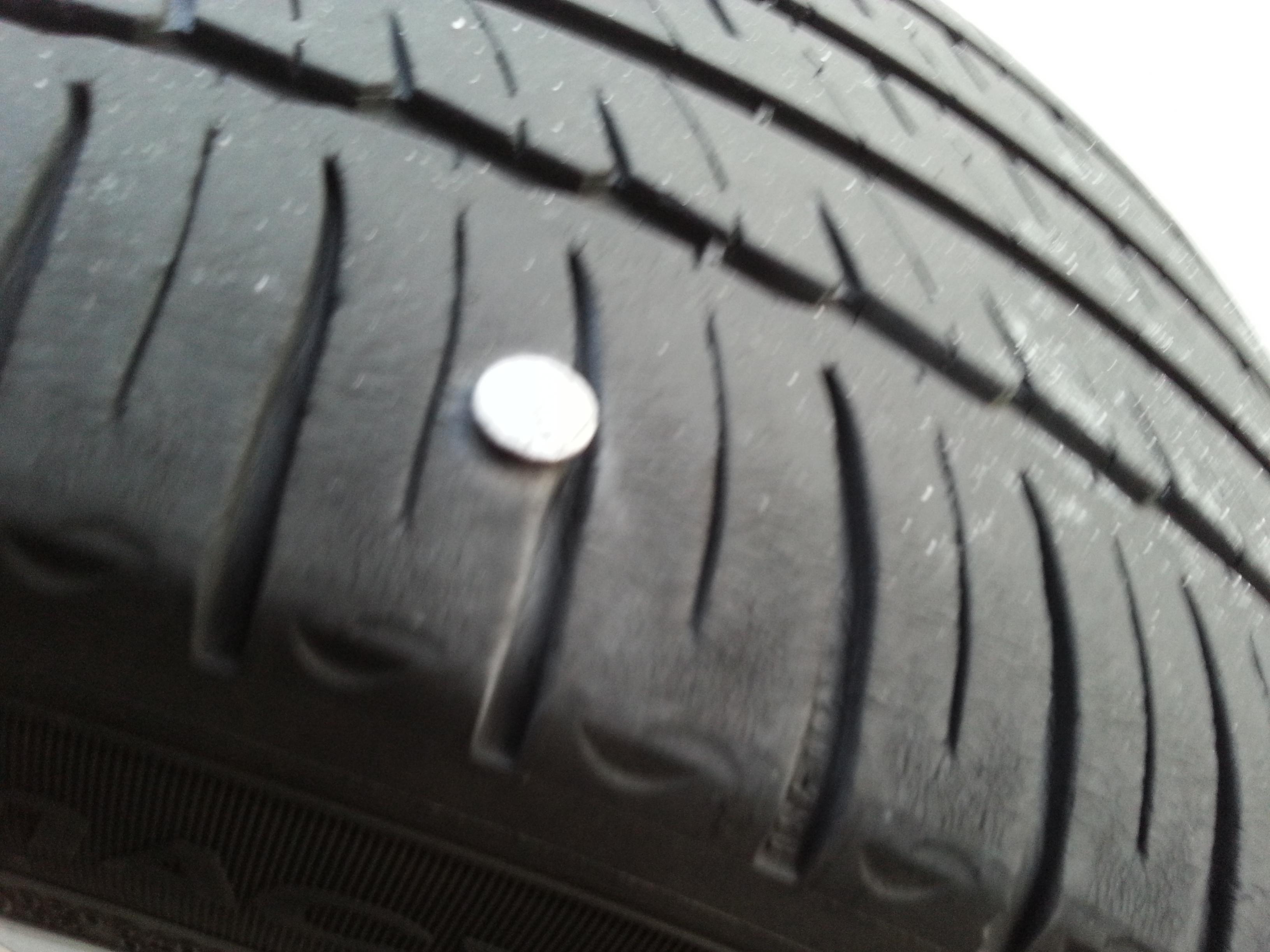
Pro Tip
Damage to the sidewall of your tire should not be patched up because the tire is prone to blowing out.
If there are no punctures in your tires, move on to the following step.
Related Articles
- How to Repair a Tire Leak - MBWorld.org
- How to Change a Tire - MBWorld.org
Step 3 – Check the valve stem
It might be damaged or worn out.
Your TPMS sensor includes your tire's valve stem. The system will indicate if there is any damage to this part of your tire by displaying a warning message and the pressure of all four tires on your dashboard.
- Check your dash for any indications that there is a problem with a specific tire, and inspect the valve stem for any cracks.
- Visit your local Mercedes-Benz service station certified automotive mechanic to have the valve stem repaired or replaced.

If the valve stem in your tire is intact, move on to the following step.
Step 4 – Inspect the wheels
They might be bent.
A bent wheel can cause air in the tire to leak out. Hitting a big pothole on the road can easily cause this problem. The cost to have a wheel repaired starts at $75.
- If you don't see an obvious dent, run your hand along the outer rim of each wheel.
- If you find a dent or bend, take your car to a reputable shop for repair.
- Alternatively, you can buy a new wheel if the damaged wheel is physically or aesthetically damaged.
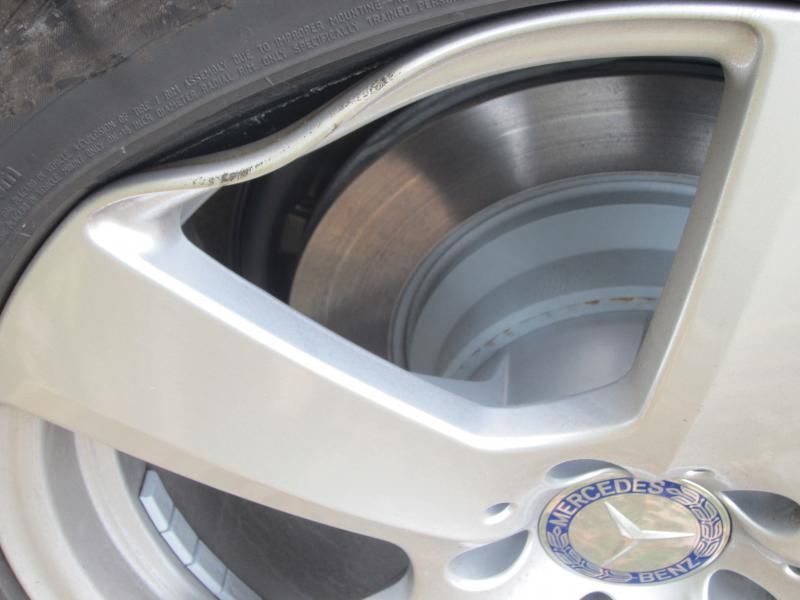
Featured Video: Tire Pressure Monitoring System
Related Discussions
- Tire Compressor and Fix a Flat? - MBWorld.org
- E-Class: Tire Lost Pressure - MBWorld.org
- Blister on Tire Wall? Is This Safe? - MBWorld.org


